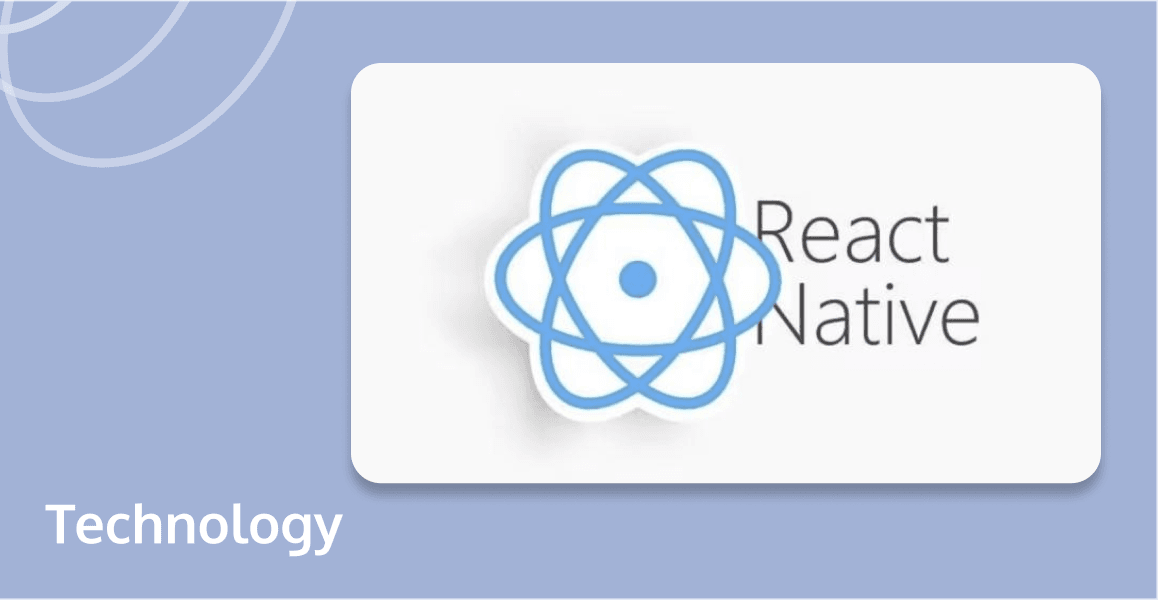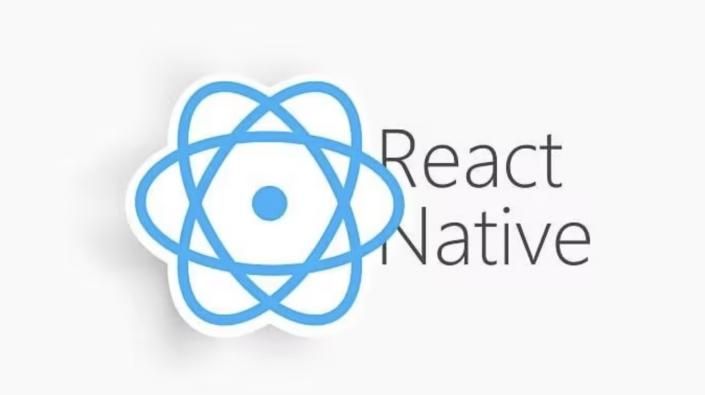Comparing React and React Native: Definition, Benefits & Differences

In the fast-paced world of software development, creating engaging and responsive user interfaces (UIs) is crucial. React and React Native have emerged as leading technologies for crafting dynamic web and mobile applications. In this article, we will take a look at both frameworks, exploring their benefits and differences. Whether you are a novice developer or a seasoned professional, understanding these tools can elevate your development skills and help you deliver high-quality applications.

What is React?
React, also known as React.JS is a popular JavaScript library for building user interfaces, particularly for web applications. It was developed by Facebook and is maintained by Facebook and a community of individual developers and companies.
React allows developers to create large web applications that can change data, without reloading the page. Its key feature is the ability to build components, which are encapsulated elements that manage their own state. These components can be composed to make complex UIs.
Since React is declarative, it makes the code more predictable and easier to debug. A React application is typically structured as a tree of components, where each component corresponds to a specific part of the UI. React also introduces a powerful concept called "Virtual DOM" which efficiently updates the browser's displayed DOM by re-rendering only those parts of the application that need to change due to data modifications, rather than the entire page.
React can also be paired with other libraries and frameworks like Redux for state management, React Router for navigation, and many others to build comprehensive web applications. It's widely used in the industry due to its scalability, simplicity, and robust ecosystem.
What is React Native?
React Native is a framework for building native applications using JavaScript and React. Developed by Facebook, it enables developers to use the same design as React, allowing them to compose a rich mobile UI from declarative components. The key advantage of React Native is that it allows developers to write their application's interface in JavaScript while still delivering a fully native user experience.

Unlike other approaches that render web-based views, React Native applications are compiled into native code, which enables them to have both the performance and look and feel of native iOS and Android applications. This approach provides the benefits of rapid development and deployment associated with web technologies while maintaining high performance on mobile devices.
React Native also supports the "learn once, write anywhere" philosophy. While it provides the ability to use the same codebase for both iOS and Android apps, it also offers the flexibility to incorporate platform-specific versions of components so that one app can take full advantage of the unique features and user interface elements of each platform.
The framework is highly popular among developers because it significantly reduces the time and cost associated with developing mobile apps for multiple platforms. Additionally, it's backed by a strong community that contributes to its robust ecosystem of third-party plugins, libraries, and tools.
Benefits of Using React and React Native
React and React Native offer a number of benefits that make them appealing choices for developers and businesses looking to build modern, scalable applications. After understanding what is react and react native, let’s check the key advantages of each:
Benefits of Using React
- Easy to Learn: ReactJS is user-friendly and straightforward to learn, largely due to the extensive availability of documentation, articles, and tutorials online. Moreover, for developers who already have experience with JavaScript, it is easy to learn and understand ReactJS.
- Increased Development Speed and Efficiency: React's component-based architecture allows developers to reuse code components throughout the application, which can speed up development.
- High Performance: Thanks to the Virtual DOM, React minimizes expensive DOM manipulation by updating only parts of the page that need to be re-rendered. This can lead to better performance and a smoother user experience.
- Strong Community Support: React has a large and active community, providing a wealth of resources, libraries, and tools that make development faster and more efficient.
Benefits of Using React Native
- Cross-Platform Development: React Native allows developers to use the same codebase for both iOS and Android platforms. This can significantly reduce development time and cost compared to developing separate applications for each platform.
- Community and Ecosystem: As a framework developed by Facebook and supported by a large community, React Native benefits from a robust ecosystem of tools, libraries, and plugins. This extensive support helps developers to add functionalities easily and solve common development issues.
- Performance: While not as fast as native apps, React Native's performance is typically sufficient for most applications and can be very close to native performance, especially with recent improvements. It uses a JavaScript bridge to communicate with native components, which helps in achieving near-native performance.
- Live and Hot Reloading: React Native supports live and hot reloading, which allows developers to immediately see the result of the latest changes they have made to the code. This feature significantly enhances the development speed by eliminating the need to restart the app for every small change.
Differences Between React and React Native
Both developed by Facebook, React and React Native are powerful frameworks designed for building user interfaces but cater to different platforms and have unique characteristics. Let’s take a closer look at the differences:
1. Primary Use:
React: React.js is aimed at creating interactive web pages.
React Native: It is designed for developing cross-platform mobile apps that work on both iOS and Android.
2. Installation Process:
React: Installation can be as simple as adding script tags in an HTML page or using bundlers like Webpack.
React Native: Requires a more extensive setup including Node, the React Native CLI, and an IDE like Android Studio or Xcode.
3. Runtime Environment:
React: Runs in web browsers using the browser's capabilities.
React Native: Uses a bridge to communicate with native platform components for a native app feel.
4. Component Libraries:
React: Uses JSX, an HTML-like syntax.
React Native: Offers components (`<View>`, `<Text>`, `<Image>`) that correspond to native UI elements.
5. Styling:
React: Styles can be applied using CSS or JavaScript-based styling tools.
React Native: Employs a JavaScript-based styling system designed to mimic native styling practices.
6. Development Tools and Integration:
React: Compatible with various web development tools for debugging.
React Native: Integrates with native tools such as Xcode and Android Studio, necessitating familiarity with these environments.
7. Performance:
React: Delivers robust performance across modern browsers.
React Native: Provides close-to-native performance, especially in graphics-intensive apps due to direct operation on device hardware.
8. Navigation:
React: Utilizes React Router for web app navigation.
React Native: Uses libraries like React Native Navigation for mobile app navigation.
9. Storage:
React: Often relies on browser-based storage solutions such as localStorage.
React Native: Uses AsyncStorage and other mobile-specific storage options.
Conclusion
In conclusion, React and React Native are both innovative frameworks from Facebook designed to streamline the development of user interfaces, but each serves a distinct purpose. React is primarily used for building dynamic web pages, whereas React Native is tailored for creating mobile applications that operate seamlessly across iOS and Android platforms. By understanding their differences, you can choose the right tool for specific project needs—whether you are targeting web browsers or mobile devices.
FAQs
Should I learn React before React Native?
Yes, it is beneficial to learn React before React Native as it provides a foundational understanding of JSX, components, and state management, which are crucial for effectively using React Native. This knowledge simplifies the transition to mobile development with React Native.
Can React Native be used to build web applications?
Yes, React Native can be used to build web applications through the use of React Native for Web, a framework that enables developers to run React Native components and APIs on the web.
How does React Native compare to other cross-platform development frameworks?
React Native offers a unique advantage by allowing developers to use React's framework and write components that are converted into native components, offering near-native performance.
